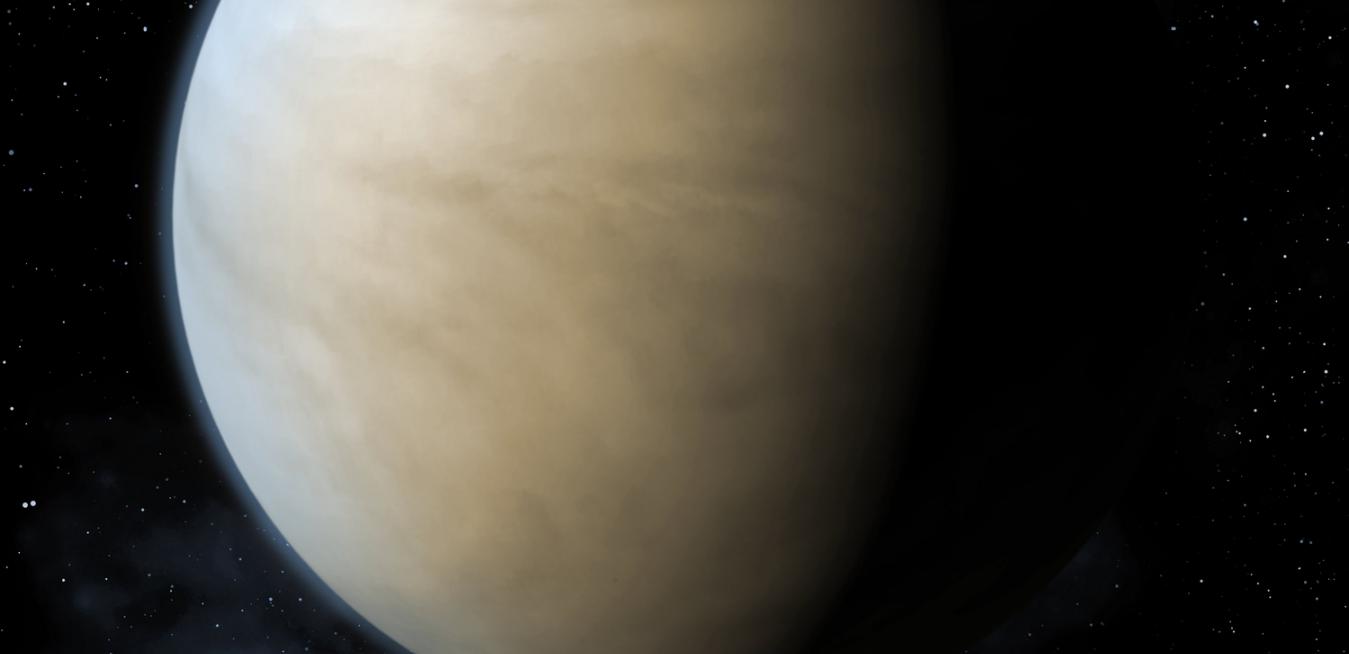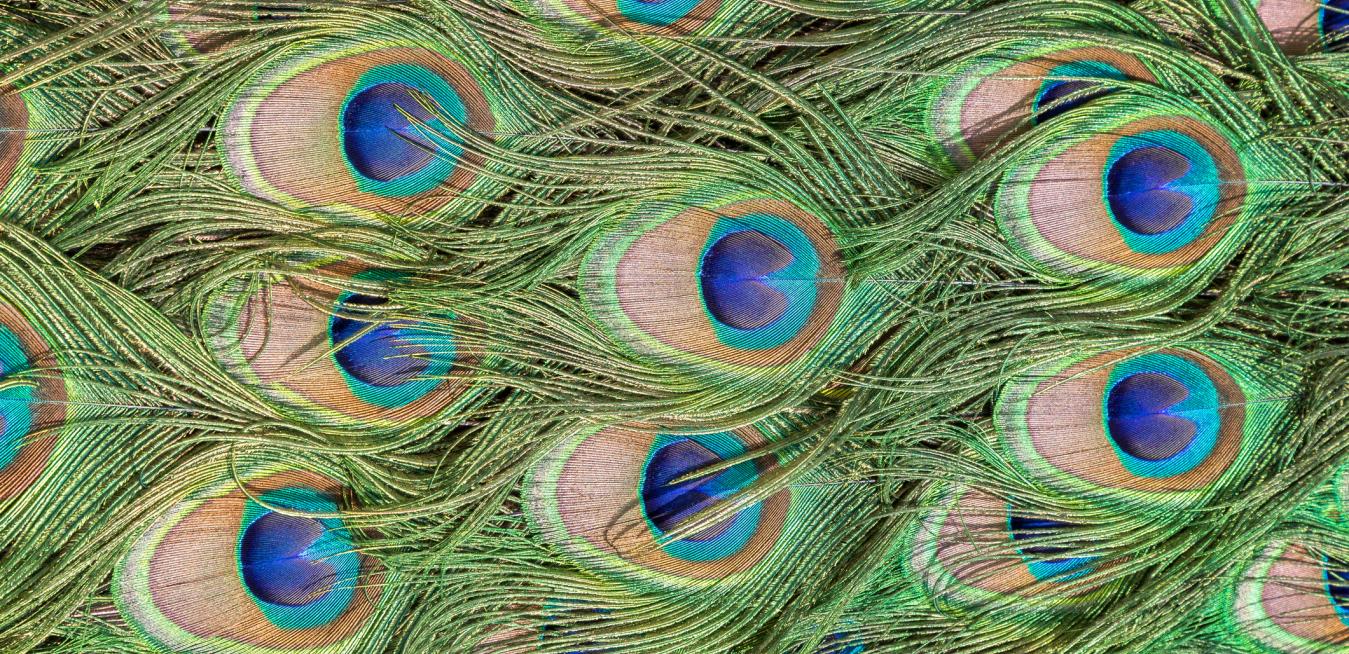Artificial intelligence is helping paralyzed patients control computers and enabling a fleet of boats to operate autonomously, but it’s not the only kind of intelligence in this week’s coolest scientific discoveries — researchers have come up with a short list for where to look for intelligent life in our cosmic neighborhood.
Large and unusual rock formations could help seismologists forecast earthquakes, an ambitious European climate-modeling project will create a “digital twin” of the entire Earth, and a tiny nanogenerator could be scaled up into a sizable machine that “scavenges” wind energy. Scientists are thinking big in this week’s coolest developments.
Engineers in California are building the world’s largest digital camera that will help photograph the far corners of the cosmos, while other astronomers made a significant finding much closer to home: tantalizing hints of life on Venus. Far out, right? But even on Earth’s surface, cool scientific developments abounded, including a brain implant that could restore sight to people with vision loss.
Not long ago, two GE engineers had an idea for a sales pitch — of sorts. Akos Jancsik and Patrick Bean work out of Florida and North Carolina, respectively, and often collaborate to tailor GE software to industrial clients in industries like water treatment and food and beverage manufacturing. The common thread is that most of those factories use similar equipment: pumps, motors, compressors and valves. That equipment yields data that can be harnessed to make plants run more efficiently, but the challenge was explaining how — “data” can be a bit abstract.
A Hungarian ophthalmologist is using gene therapy to restore sight to people with vision loss, a tree-climbing robot designed by Indian engineers makes the job of coconut harvesting a little easier, and a Japanese team used a very powerful laser to shed light into some of the universe’s darkest corners — here on Earth. Hopefully you’ll find something illuminating, too, in this week’s global haul of the coolest scientific advances.
Even as a kid growing up in Peoria, Illinois, David Havera’s outsized interest in markets and airplanes seemed destined to lead to something big. While other children sharpened up their skateboard moves, Havera compared the returns he could earn in the stock market versus an ordinary savings account and searched out books on aeronautics.
Late last year, Richard Zheng watched as a mammoth crane lowered one of the world’s biggest generator rotors toward what seemed like a very small hole at the bottom of one of the world’s largest dams. The rotor had taken Zheng and his colleagues years to design and build to exacting specifications. Now this 1,900-metric-ton steel wheel had to be placed inside a ring with a gap of just 40 millimeters — about the diameter of a half-dollar coin.
Sunlight is being used to desalinate seawater, artificial intelligence helped astrophysicists confirm the existence of new exoplanets, and a polymer commonly associated with mussels served as the inspiration for a potential drug-delivery technology. Researchers are casting their nets far and wide in this week’s coolest scientific discoveries.
An 88-milligram methanol-powered “beetle” points the way forward in the field of microrobotics, miniature lab-grown organs will help researchers better understand congenital heart defects, and tiny microdevices herald a revolution in the field of optics. In this batch of cool scientific achievements, small stuff is making big waves.
Researchers made colors disappear, turned common red bricks into batteries, and granted the senses of sight and touch to a nonhuman system. Was it magic? Nope: science! Read on for this week’s coolest discoveries.













